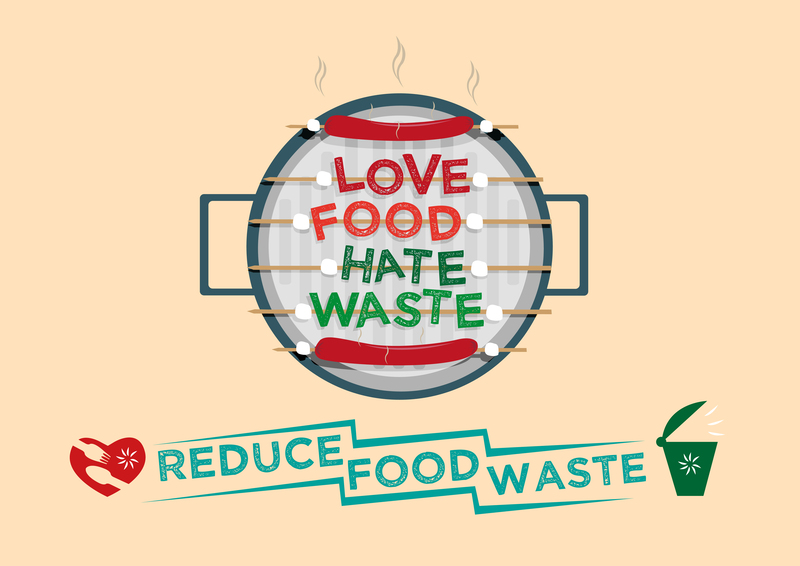Comprehensive Soft Plastic Recycling Plans
Posted on 23/09/2025
Soft plastics, such as plastic bags, wraps, and films, present a significant challenge to recycling efforts. These materials are abundant and often discarded improperly, leading to environmental pollution. Developing effective soft plastic recycling plans can mitigate these impacts, promote sustainability, and foster a circular economy. This article explores different comprehensive soft plastic recycling plans, providing tips, takeaways, and a balanced view of their pros and cons.
Understanding Soft Plastics
Soft plastics are flexible, often lightweight materials that include items like grocery bags, bread wrappers, bubble wrap, and plastic film. Because of their pliability and thinness, soft plastics can easily contaminate other recyclable materials, rendering entire batches non-recyclable.

Challenges in Recycling Soft Plastics
The main challenges in recycling soft plastics include:
- Collection: Soft plastics are often not accepted in curbside recycling programs.
- Sorting: They can get tangled in machinery at recycling facilities, causing operational disruptions.
- Market Demand: There is a limited market for recycled soft plastics compared to other materials like PET or HDPE.
Effective Soft Plastic Recycling Plans
1. Public Education and Awareness Campaigns
Educating the public about the importance of recycling soft plastics and how to do so properly is crucial. Awareness campaigns can guide consumers on which types of soft plastics are recyclable and where they can be taken for recycling.
2. Dedicated Collection Points
Establishing dedicated collection points for soft plastics, often located at grocery stores or community centers, can help streamline the collection process. These points ensure that soft plastics do not contaminate other recycling streams.
3. Advanced Sorting Technologies
Integrating advanced sorting technologies, such as AI-driven robots and optical sorters, can improve the efficiency and accuracy of separating soft plastics from other materials, reducing contamination rates.
4. Partnerships with Manufacturers
Forming partnerships with manufacturers to develop and utilize products made from recycled soft plastics can help create market demand. Initiatives like these encourage a closed-loop system, where manufacturers take responsibility for the end-of-life disposal of their products.
5. Incentive Programs
Offering incentives to consumers, such as discounts or rewards for returning soft plastics to recycling centers, can increase participation rates and reduce improper disposal.
Pros and Cons of Soft Plastic Recycling Plans
Pros
- Environmental Benefits: Reduces plastic pollution and conserves natural resources.
- Economic Opportunities: Creates jobs and new business opportunities within the recycling industry.
- Resource Efficiency: Promotes a circular economy by transforming waste into valuable materials.
Cons
- High Costs: Advanced sorting technologies and infrastructure development can be expensive.
- Market Limitations: Limited demand for recycled soft plastics can hamper economic viability.
- Consumer Participation: Ensuring consistent and proper participation from the public can be challenging.
Tips for Effective Soft Plastic Recycling
- Rinse and Dry: Ensure soft plastics are clean and dry before recycling to avoid contamination.
- Check Local Guidelines: Always refer to local recycling guidelines to understand what is accepted.
- Reduce and Reuse: Prioritize reducing and reusing soft plastics before recycling to minimize waste.
- Spread Awareness: Educate friends and family about the importance and methods of soft plastic recycling.

Takeaways
Effective soft plastic recycling requires a multi-faceted approach that includes public education, dedicated collection points, advanced sorting technologies, partnerships, and incentive programs. While there are challenges to overcome, the environmental and economic benefits make it a worthwhile endeavor. By adopting best practices and staying informed, we can collectively make a significant impact on reducing plastic pollution.
Conclusion
Comprehensive soft plastic recycling plans are essential for mitigating environmental pollution and advancing toward a sustainable, circular economy. While there are challenges to address, the benefits of implementing these plans outweigh the drawbacks. Public participation and awareness are critical components, as is the support from manufacturers and the development of advanced technologies. By taking proactive steps, we can create a cleaner, greener future.






